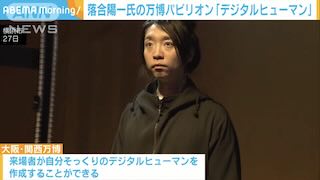TOKYO, Sep 23 (Nikkei) - Japan's first direct yen-buying intervention in 24 years sent the currency rebounding Thursday from its slump beyond 145 to the dollar, but many market watchers are questioning whether even this last resort will have a real impact on its trajectory.
After the Bank of Japan's decision to keep its monetary policy unchanged, the yen tumbled during Gov. Haruhiko Kuroda's news conference, only to abruptly reverse course. At 5 p.m. local time, when the yen was trading 145.7 against the dollar and everyone was waiting for a plunge beyond the 146 mark, the currency suddenly jumped by more than 1 yen, ultimately climbing back past 141.
When the BOJ conducted an exchange rate "check" on Sept. 14, after a drop past 144 to the dollar, market watchers speculated that 145 would be the central bank's line in the sand. But nearly all thought its response would be limited to jawboning, given the many constraints on direct intervention.
The biggest problem is the apparent disconnect involved in propping up the yen while keeping monetary policy loose -- an environment that encourages depreciation. "The BOJ's easing and the yen buying contradict each other," said Yujiro Goto at Nomura Securities.
The central bank, prioritizing support for the economy, is sticking firmly to its dovish policy approach, at the cost of letting the yen soften far enough to force the government's hand. But Tokyo's ability to push the currency back up will be limited so long as the BOJ does not change the underlying picture by raising interest rates. ...continue reading















